Κείμενο
Έχω μιλήσει επανειλημμένα μέσα από αυτό το κανάλι για τη σημασία που έχουν τα ωμέγα-3 για την υγεία μας, και σήμερα θα ήθελα να παρουσιάσω τις τροφές που έχουν μεγάλη περιεκτικότητα σε ω3 και πρέπει να φροντίζετε να έχετε συχνά στη διατροφή σας. Ευτυχώς τα ω3 αποθηκεύονται στο σώμα μας, για αυτό δεν είναι ανάγκη να τρώτε κάθε μέρα ω3. Αν καταναλώνετε τροφές πλούσιες σε ω3 δύο με τέσσερις φορές την εβδομάδα είναι πολύ πιθανόν να έχετε καλύψει τις καθημερινές σας ανάγκες. Αν αναρωτιέστε πώς μπορείτε να βρείτε την ιδανική ποσότητα ω3 να καταναλώνετε την εβδομάδα, τότε υπάρχει μία εξέταση αίματος που μπορείτε να κάνετε, αλλά σπάνια δικαιολογείται το κόστος της. Τελευταία φορά που κοίταξα, το κόστος ήταν περίπου 80 ευρώ. Σήμερα θα ήθελα να παρουσιάσω τις τροφές που είναι πλούσιες σε ωμέγα-3, αλλά θα τις χωρίσω σε δύο ομάδες: τις τροφές που περιέχουν ω3 που είναι μακριάς αλυσίδες, δηλαδή το EPA και το DHA, και τα ω3 που είναι βραχείας αλυσίδας, δηλαδή το ALA. Ο λόγος του επιλέγω να τα χωρίσω είναι γιατί οι μελέτες έχουν δείξει επανειλημμένα ότι τα ωμέγα-3 μακριάς αλυσίδας είναι πολύ πιο σημαντικά για την υγεία. Στον οργανισμό μας έχουμε την ικανότητα να μετατρέπουμε τα ω3 βραχείας αλυσίδας σε μακράς, αλλά η διαδικασία δεν είναι αποτελεσματική και για αυτό δεν μπορούμε να βασιστούμε αποκλειστικά σε αυτή τη μορφή ω3. Πρέπει συστηματικά να καταναλώνουμε τροφές που είναι πλούσιες σε EPA και DHA. Θα ξεκινήσω με τις τροφές που είναι πλούσιες σε EPA και DHA και θα πρέπει να φροντίσετε να έχετε τουλάχιστον δύο με τέσσερις φορές την εβδομάδα στη διατροφή σας. •Σκουμπρί. Ο βασιλιάς των ω3 είναι το σκουμπρί. 100 γραμμάρια σκουμπρί αποδίδουν 4,58 γραμμάρια ω3, που όπως θα δείτε στην πορεία είναι εντυπωσιακά μεγάλη ποσότητα. Σαν μία αρχική σύγκριση αρκεί να σας πω ότι τα περισσότερα συμπληρώματα διατροφής με ω3 που κυκλοφορούν στην αγορά περιέχουν μόλις 0,3 γραμμάρια ανά κάψουλα. Προφανώς, κάποια περιέχουν περισσότερο, αλλά ακόμα και αυτά που περιέχουν πολύ δεν ξεπερνούν τα 0,8

γραμμάρια ανά κάψουλα. Άρα μόλις 100 γραμμάρια από σκουμπρί περιέχουν ποσότητα που θα βρείτε σε πολλές κάψουλες. Για καλή μας τύχη, το σκουμπρί είναι επίσης εξαιρετικά νόστιμο και πάρα πολύ οικονομικό. •Μπακαλιάρος. Ο μπακαλιάρος περιέχει 2,44 γραμμάρια ω3 ανά 100 γραμμάρια. Η ποσότητα είναι αρκετά αξιόλογη και σημαντική και το καλό είναι ότι είναι ένα ψάρι το οποίο αλιεύεται στη θάλασσα και συνήθως καταψύχεται αμέσως. Άρα μπορεί να είναι μία επιλογή οικονομική, με εύκολη συντήρηση και αρκετά νόστιμη αν προετοιμαστεί κατάλληλα. Ο μπακαλιάρος είναι ψάρι το οποίο είναι ψηλά στην τροφική αλυσίδα, πράγμα που σημαίνει ότι τρώει ψάρια και ζει αρκετά χρόνια, που ως επακόλουθο έχει την τάση να συσσωρεύει τοξίνες στο σώμα του. Παρόλα αυτά, παραμένει μία καλή επιλογή για ψάρι. •Σολωμός. Ο σολομός επίσης είναι ένα ψάρι που έχει υψηλή περιεκτικότητα σε ω3 λιπαρά οξέα, καθώς 100 γραμμάρια σολομού περιέχουν 2,15 γραμμάρια. Ο σολομός είναι πάρα πολύ νόστιμος και επειδή είναι ψάρι ιχθυοκαλλιέργειας είναι εύκολο να βρείτε σε καλή τιμή όλο το χρόνο. Δυστυχώς για το σολομό υπάρχουν κάποιες ανησυχίες σχετικά με τα υπολείμματα τοξινών στο κρέας του, για αυτό καλό είναι να μην τον καταναλώνετε συχνά. Καλό είναι ο σολομός να μην είναι το μόνο ψάρι που τρώτε, ούτε το ψάρι που τρώτε συχνότερα. •Ρέγγες. Οι ρέγγες είναι ψάρια αρκετά πλούσια σε ω3, καθώς περιέχουν 2,15 γραμμάρια ω3 ανά 100 γραμμάρια, αλλά θα πρέπει να απουσιάζουν εντελώς από τη διατροφή σας. Οι περισσότερες ρέγγες αλιεύονται στα παράλια της Βόρειας θάλασσας, στο ίδιο σημείο από που απορρέουν τα ποτάμια της Βόρειας Ευρώπης τα οποία μεταφέρουν τα λύματα από τα εργοστάσια των περιοχων βορείως των Άλπεων. Το αποτέλεσμα είναι οι ρέγγες είναι να είναι πολύ πλούσιες σε τοξίνες. Απλά, μην τρώτε ρέγγες ποτέ. •Γαύρος. Ο γαύρος είναι ένα ακόμα οικονομικό ψάρι το οποίο είναι πολύ πλούσιο σε ω3, και το είναι καλό ότι μπορείτε να το βρείτε και σε κονσέρβα σε πολύ χαμηλές τιμές. 100 γραμμάρια γαύρου περιέχουν 2,1 γραμμάρια ω3, ποσότητα

που θεωρείται εξαιρετικά υψηλή, συνυπολογίζοντας την ευκολία τους, την διαθεσιμότητα τους και το χαμηλό τους κόστος. Ο γαύρος πρέπει να είναι μία από τις συχνότερες επιλογές μας για να εξασφαλίσουμε επάρκεια σε ω3 στον οργανισμό μας. •Σαρδέλες. Οι σαρδέλες είναι τα αγαπημένα μου ψάρια γιατί περιέχουν πάρα πολλά ω3, μπορεί να μαγειρευτούν με πάρα πολλούς τρόπους, αρκετούς από τους οποίους εύκολα και γρήγορα, είναι πάρα πολύ οικονομικές και σχεδόν ποτέ δεν βρίσκουμε τοξίνες στο κρέας και στο λίπος τους. 100 γραμμάρια σαρδέλες περιέχουν 1,46 γραμμάρια ω3, ποσότητα αρκετά αξιοπρεπή, αν συνυπολογίσετε μάλιστα ότι μία μερίδα εστιατορίου τυπικά περιέχει 300 γραμμάρια. Επίσης, γενικά είναι πιο εύκολο να βρείτε σαρδέλες απ’ ότι σκουμπρί, άρα οι σαρδέλες πρέπει να είναι το νούμερο ένα ψάρι που κυνηγάτε όταν πάτε στην ψαραγορά για όλους τους λόγους που σας είπα νωρίτερα. Θυμίζω ότι οι σαρδέλες σε κονσέρβα διατηρούν τα ω3 και έτσι μπορεί να είναι επίσης ένας καλός τρόπος για να λαμβάνει κάποιος επαρκή ποσότητα σε ω3. Για όσους ανησυχούν για τα συντηρητικά στις κονσέρβες, θέλω να τονίσω ότι οι κονσέρβες ανακαλύφθηκαν πολύ πριν τα σύγχρονα συντηρητικά. Η κονσερβοποίηση είναι μία διαδικασία συντήρησης που εφαρμόζεται πάνω από 300 χρόνια, ενώ τα σύγχρονα συντηρητικά απαριθμούν μόλις μερικές δεκαετίες. Άρα, οι κονσέρβες δεν περιέχουν σύγχρονα συντηρητικά γιατί δεν είναι αναγκαίο να περιέχουν. Μερικές φορές μπορεί να περιέχουν αρκετό αλάτι και αυτό πρέπει να το έχουν υπόψη τους όσοι προσπαθούν να μειώσουν το αλάτι που καταναλώνουν. •Μύδια. Άλλη μία τροφή που είναι πλούσια σε ω3 και βγαίνει από τη θάλασσα είναι τα μύδια. Έχει υπολογιστεί ότι τα μύδια περιέχουν 0,39 γραμμάρια ω3 ανά 100 γραμμάρια, ποσότητα που θεωρείται αξιοπρεπής. Πρέπει γενικά να τονίσω ότι και τα υπόλοιπα οστρακοειδή περιέχουν ικανοποιητική περιεκτικότητα σε ω3 και μπορεί να είναι μία συμπληρωματική επιλογή στα ψάρια που είναι ιδιαίτερα πλούσια σε Ω3. Τώρα θα ήθελα να συνεχίσω στις τροφές που είναι πλούσιες σε

ω3, αλλά έχουν ω3 βραχείας αλυσίδας, με αποτέλεσμα να μην μπορούμε να βασιστούμε αποκλειστικά σε αυτές, αλλά καλό είναι να τις καταναλώνουμε συχνά. •Λιναρόσπορος. Ο λιναρόσπορος είναι ιδιαίτερα πλούσιος σε ω3, αν και περιέχει μόνο τα ω3 βραχείας αλυσίδας ALA. Η περιεκτικότητα του λιναρόσπορου θα ακουστεί πάρα πολύ μεγάλη σε σχέση με αυτή που είπαμε νωρίτερα στα ψάρια, αλλά πριν βιαστείτε να ενθουσιαστείτε, θυμηθείτε πόσο δύσκολο είναι να καταναλώσει κάποιος μεγάλη ποσότητα λιναρόσπορου. 100gr λιναρόσπορου περιέχουν 23 γραμμάρια ωμέγα 3, ποσότητα που ακούγεται δεκαπλάσια από τα περισσότερα ψάρια, αλλά θυμηθείτε ότι είναι σχεδόν αδύνατον να καταναλώσει κάποιος 100 γραμμάρια λιναρόσπορο. Ετσι λοιπόν μία κουταλιά της σούπας τριμμένου λιναρόσπορου περιέχει 2.4 γραμμάρια ω3. Αυτή την ποσότητα λιναρόσπορου είναι δυνατόν να την καταναλώσουμε σε μία μέρα και αυτή είναι που συστήνεται συνήθως. •Σπόροι chia. Οι σπόροι chia είναι επίσης πάρα πολύ πλούσιοι σε ω3 καθώς έχει υπολογιστεί ούτε 100 γραμμάρια σπόροι chia αποδίδουν 17 γραμμάρια ω3. Και εδώ όμως υπάρχει το θέμα ότι είναι δύσκολο να καταναλώσει κάποιος μεγάλη ποσότητα, όπως επίσης και το γεγονός ότι και εδώ οι σπόροι πρέπει να είναι αλεσμένοι ή κοπανισμένοι. Θυμίζω ότι αν οι σπόροι δεν είναι αλεσμένοι δεν απορροφάται τίποτα από τα ωφέλιμα συστατικά που περιέχουν. Για αυτούς που ενδιαφέρονται λίγο παραπάνω θέλω να ενημερώσω ότι πρέπει να υπολογίζουμε ότι τα ω3 βραχείας αλυσίδας μετατρέπονται σε ω3 μακράς αλυσίδας σε ποσοστό 5 με 10% στους άντρες και 10 με 20% περίπου στις γυναίκες. Οι σπόροι chia περιέχουν επίσης πολύ μεγάλη ποσότητα πρωτεϊνών, καθώς υπολογίζεται ότι 100gr σπόροι chia περιέχουν 17 γραμμάρια πρωτεΐνης. •Καρύδια. Τα καρύδια περιέχουν περίπου 9 γραμμάρια ω3 ανά 100 γραμμάρια. Η δυνατότητα να καταναλώσει κάποιος 100 γραμμάρια καρύδια δεν είναι τόσο δύσκολη όσο στους σπόρους τσία και στο λιναρόσπορο, αλλά θυμίζω ότι 100 γραμμάρια καρύδια περιέχουν 550 με 600 θερμίδες. Άρα, αν κάποιος προσπαθεί να έχει τις

θερμίδες που καταναλώνει υπό έλεγχο πρέπει να το θυμάται αυτό. Αυτές είναι οι τροφές που είναι πλούσιες σε ω3, χωρισμένες σε δύο ομάδες αναλογικά με την ποιότητα των ω3 που περιέχουν. Είναι σημαντικό να τονίσουμε ότι οι υπόλοιπες τροφές κατά βάση δεν περιέχουν σημαντικές ποσότητες ω3 και δεν θα πρέπει να βασίζεστε σε αυτές για επάρκεια σε ω3 στον οργανισμό σας. Ιδανικά θα θέλαμε να συνδυάσουμε τροφές και από τις δύο λίστες, δηλαδή και από τα ψάρια και τα θαλασσινά και τα σπόρια και τα καρύδια. Σε περίπτωση που δεν τρώτε ψάρια, είναι σημαντικό να το συζητήσετε αυτό με τον γιατρό που σας παρακολουθεί γιατί μπορεί να κρίνει απαραίτητο να πάρετε κάποιο συμπλήρωμα διατροφής που να περιέχει ω3, γιατί τα ω3 είναι απαραίτητα και αναγκαία για την υγεία. Αν το βίντεο σας άρεσε, να ξέρετε ότι με βοηθάτε πολύ πατώντας το κουμπί μου αρέσει και κοινοποιώντας το σε άτομα που θα το βρουν χρήσιμο. Τα ω3 βοηθούν στην πρόληψη πολλών παθήσεων, όπως της άνοιας. Αν σας ενδιαφέρει να μάθετε περισσότερα για αυτό το θέμα πρέπει να πατήσετε τώρα το βίντεο που εμφανίζεται στα δεξιά μου για να μάθετε περισσότερα. Ευχαριστώ πολύ.




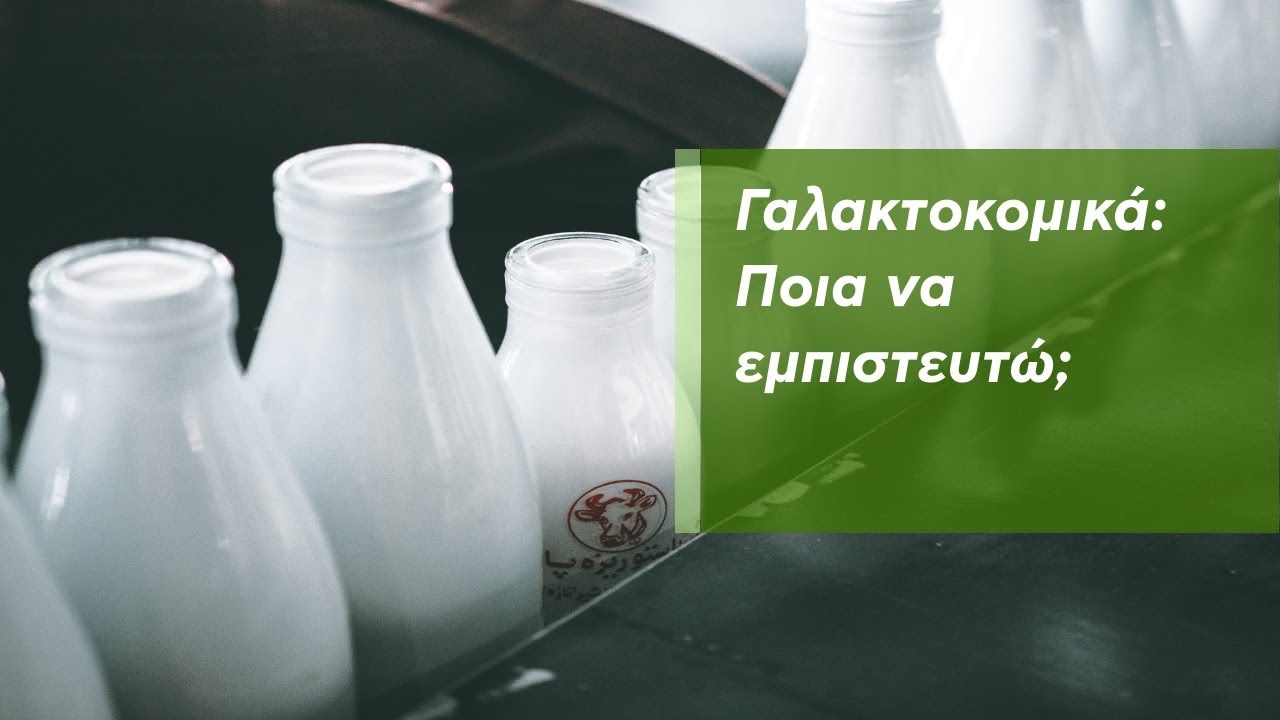


































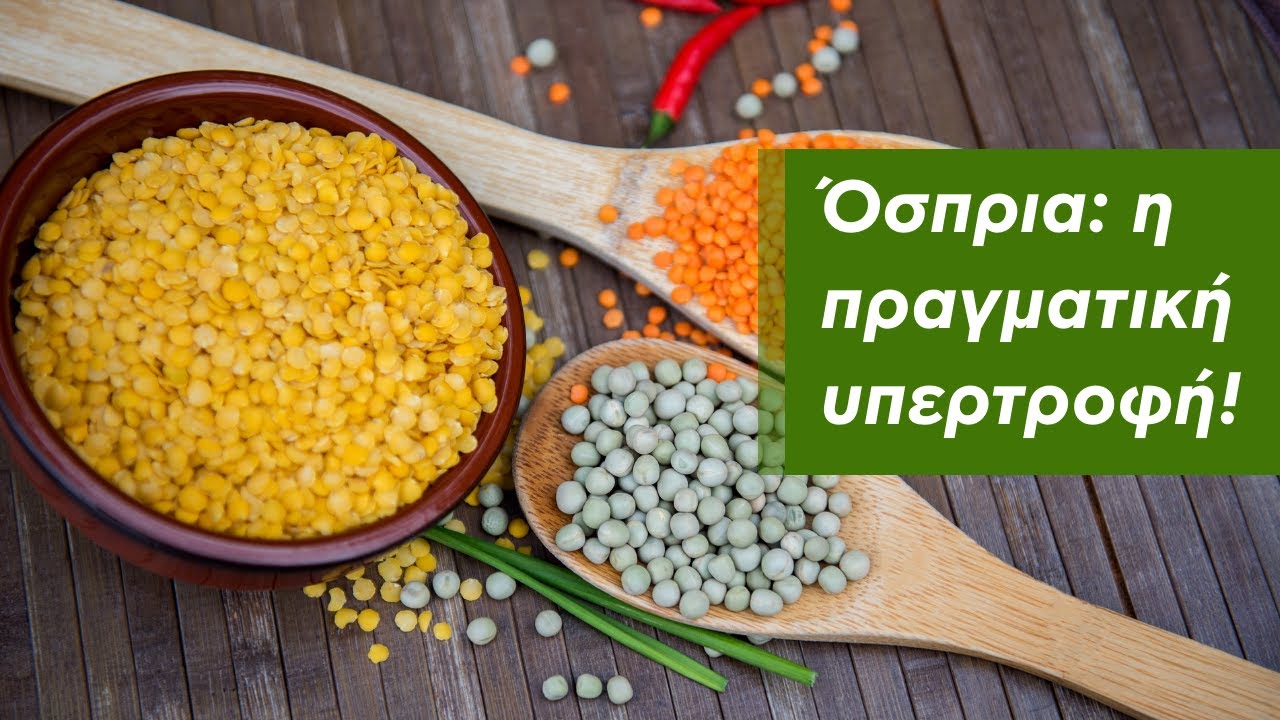












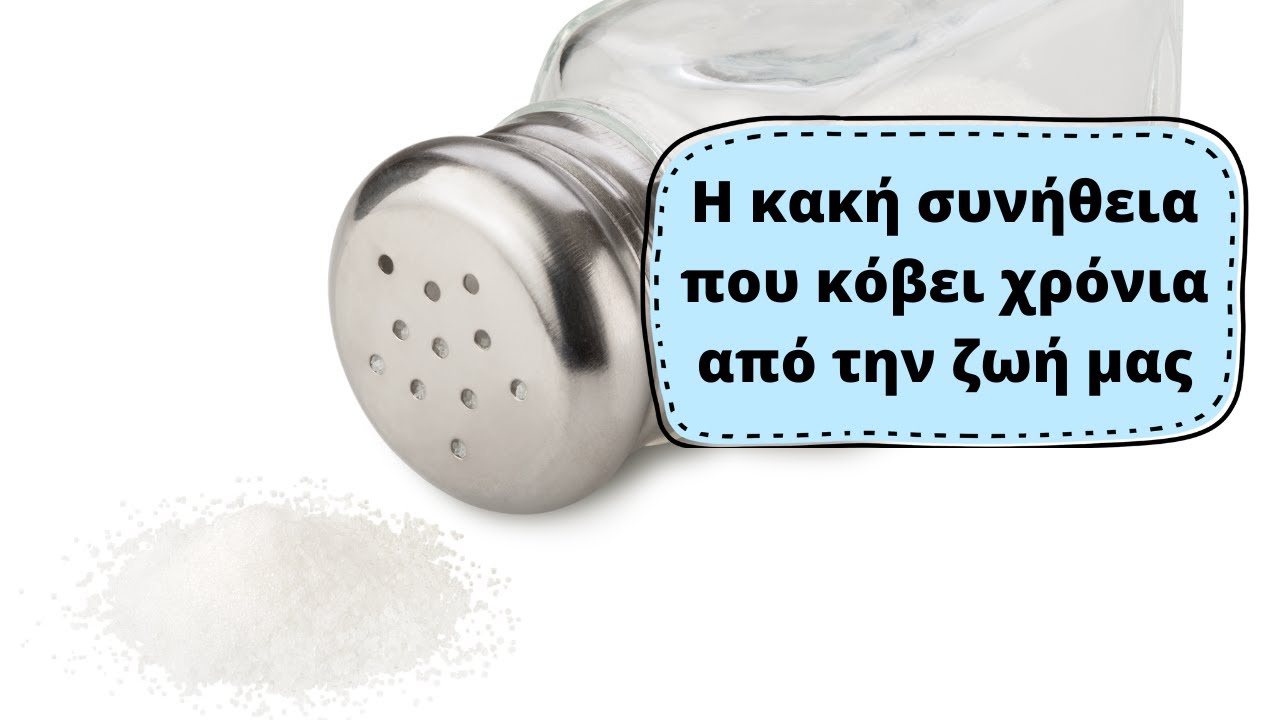





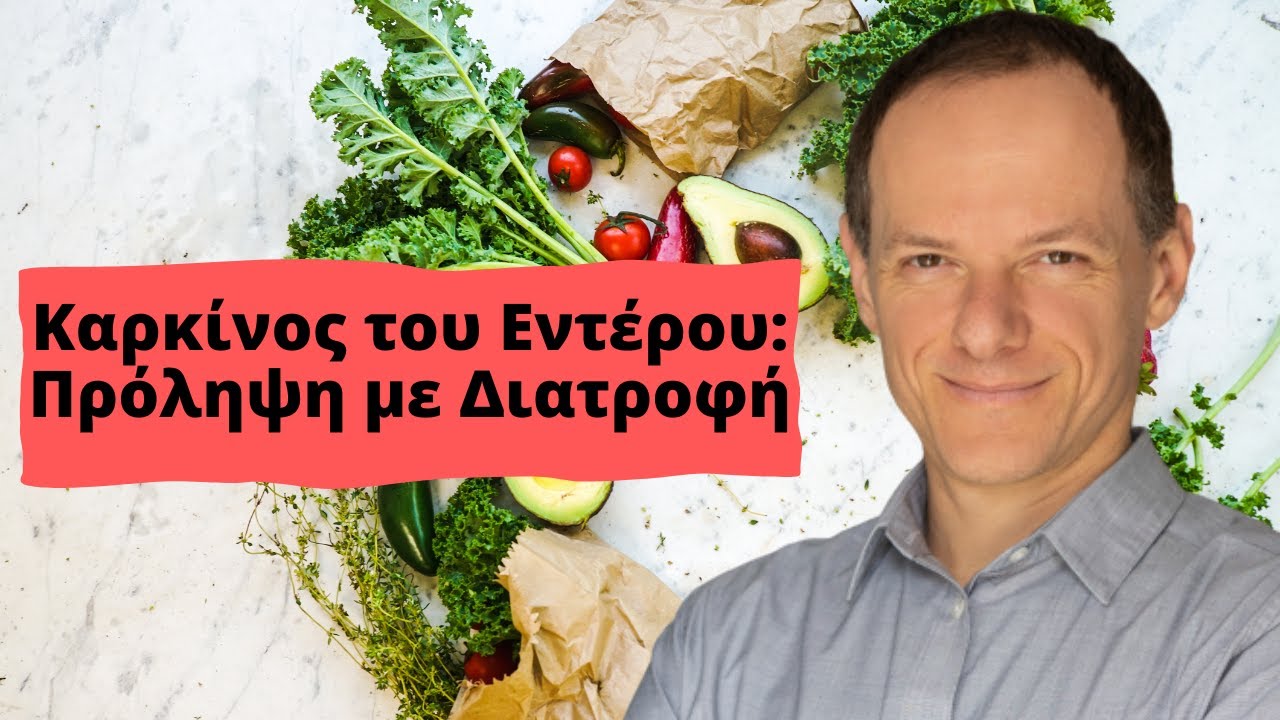



































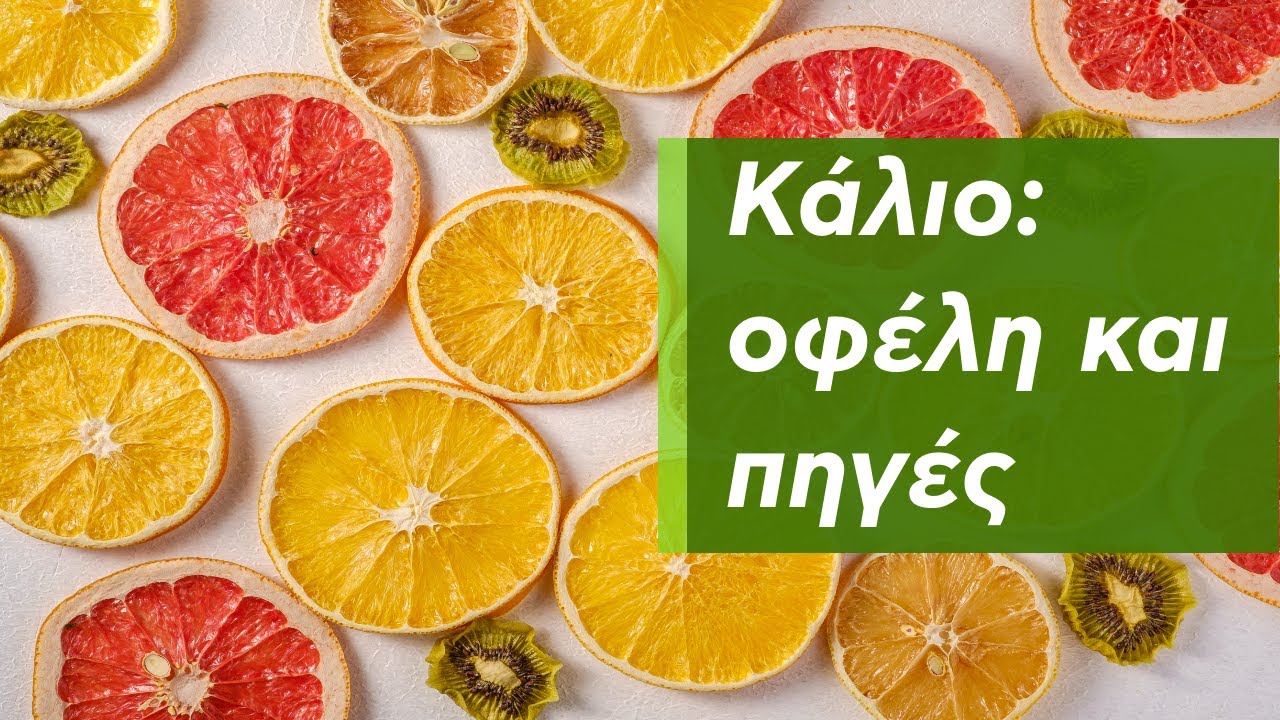






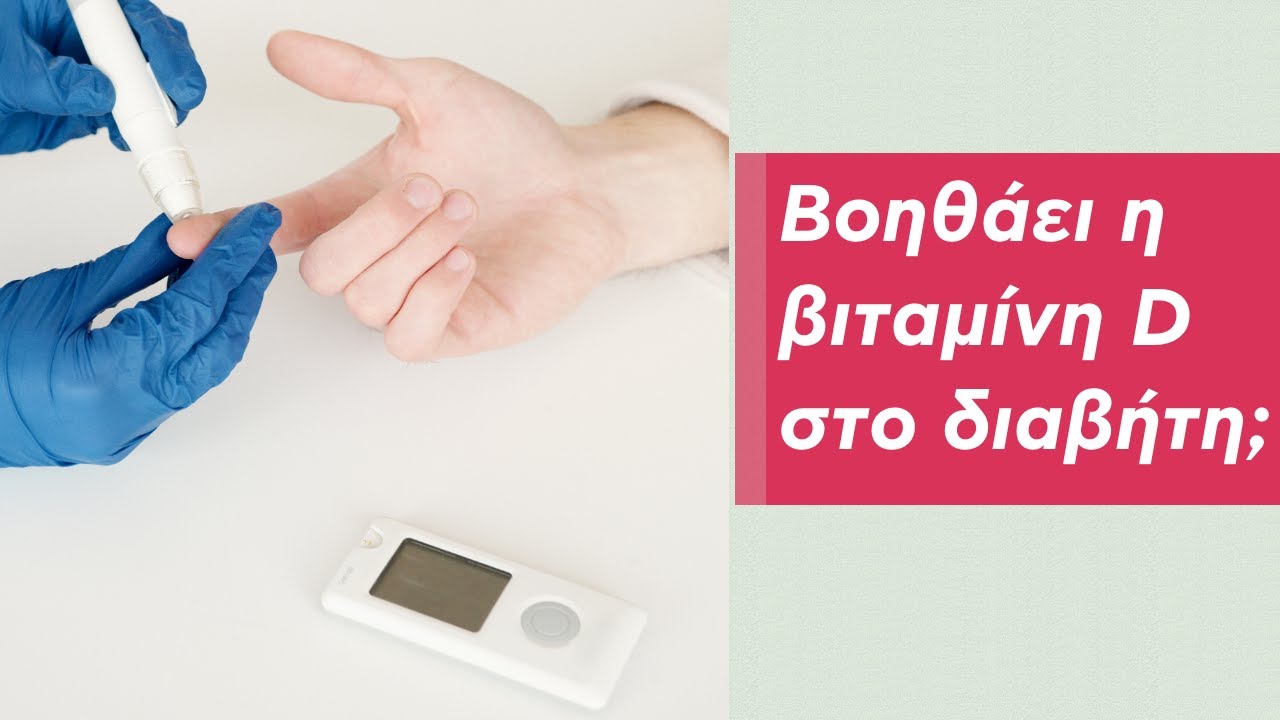
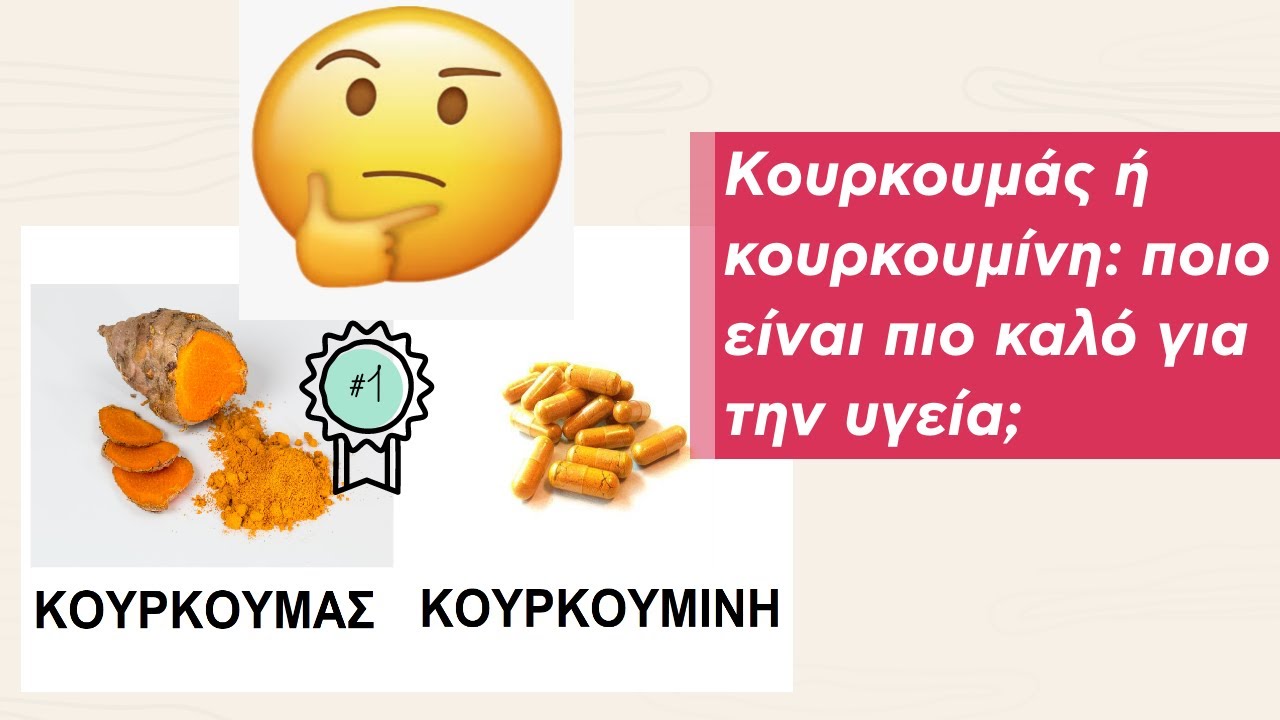











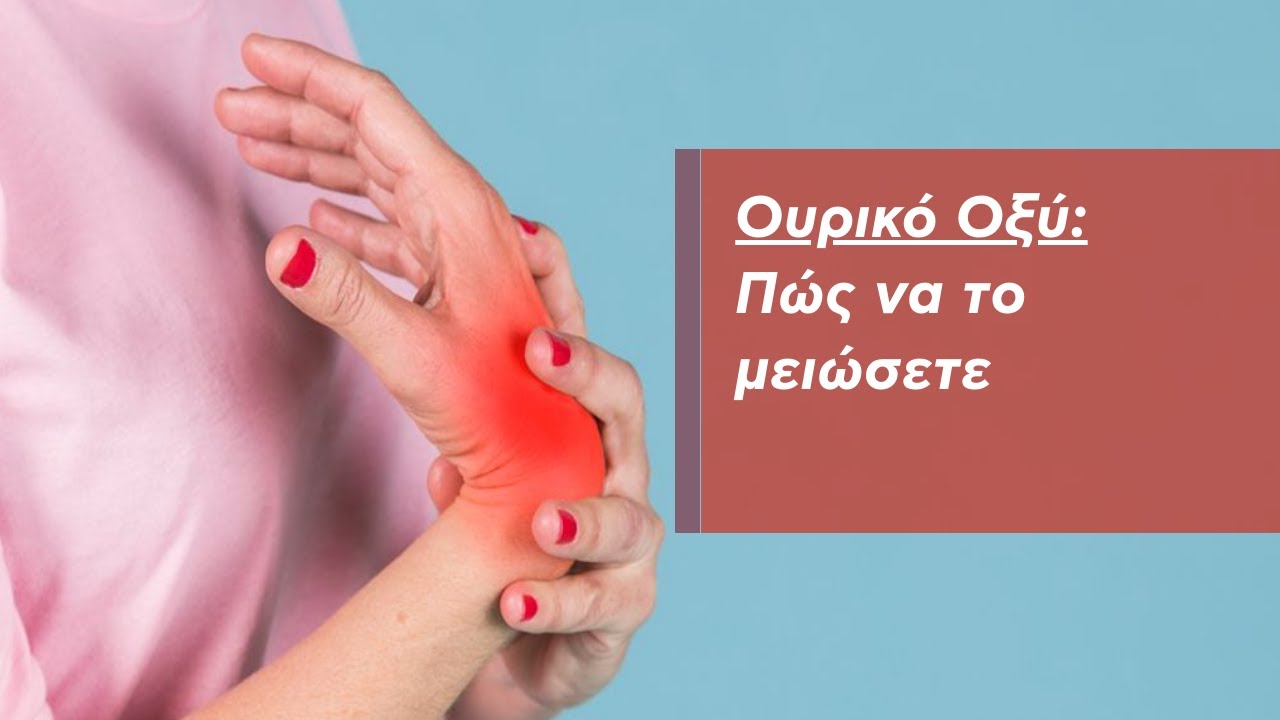





0 Σχόλια